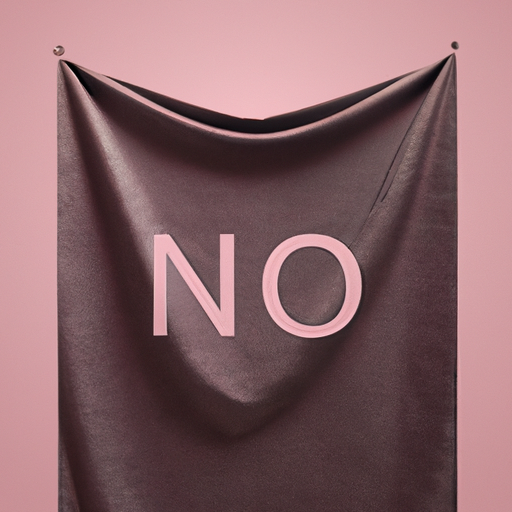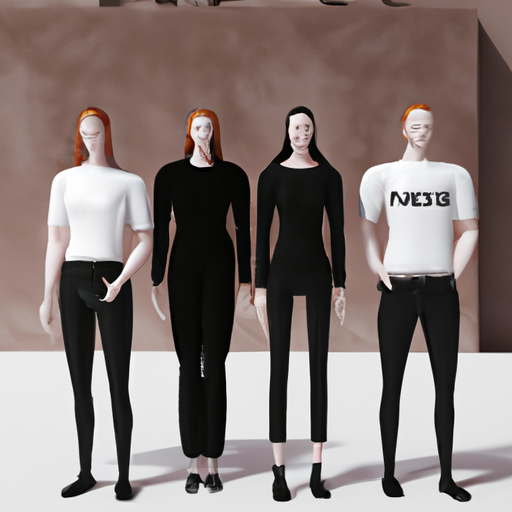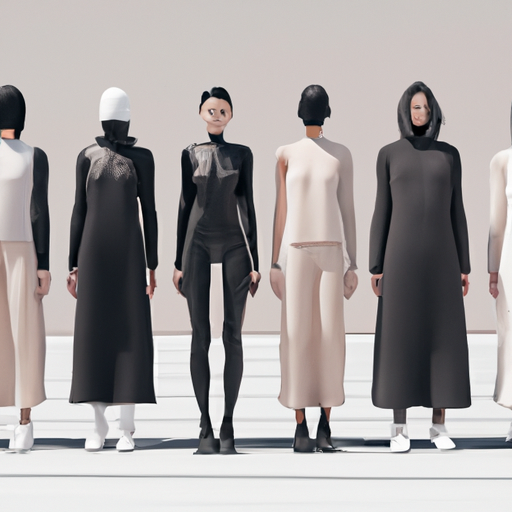Fashion is experiencing a revolutionary transformation towards gender-neutral design. Major designers and brands are challenging traditional clothing norms and embracing inclusive styles. This trend represents more than clothing—it's a powerful statement about personal identity and self-expression.

In recent years, the fashion industry has undergone a remarkable transformation, with gender-neutral clothing emerging as a significant and groundbreaking movement. Gone are the days when fashion was strictly divided into masculine and feminine categories, with rigid expectations about what men and women should wear.
Designers around the world are now creating collections that deliberately blur traditional gender lines, offering clothing that celebrates individual expression rather than conforming to societal norms. Brands like Gucci, Louis Vuitton, and emerging independent labels are leading this charge, presenting runway shows and collections that challenge conventional fashion boundaries.
The roots of gender-neutral fashion can be traced back to various cultural and social movements that have championed individual freedom and self-expression. Historically, clothing has always been a powerful form of personal and cultural communication, reflecting societal values and individual identities.
Key elements of gender-neutral fashion include oversized silhouettes, neutral color palettes, and versatile pieces that can be styled in multiple ways. Designers are focusing on creating garments that prioritize comfort, functionality, and personal style over traditional gender markers.
Psychologically, this shift represents a profound understanding that clothing is not just about covering the body, but about expressing one's inner self. By removing restrictive gender constraints, fashion becomes a more inclusive and liberating space for self-discovery and personal narrative.
Technological advancements in textile design and manufacturing have also contributed to this trend. Innovative fabrics that offer greater flexibility, stretch, and adaptability have made it easier to create clothing that transcends traditional gender boundaries.
Celebrities and influencers have played a crucial role in normalizing and popularizing gender-neutral fashion. High-profile personalities like Harry Styles, Billie Eilish, and Indya Moore have consistently challenged fashion norms, wearing clothing that defies traditional gender expectations.
The economic implications of this trend are significant. As younger generations prioritize inclusivity and personal expression, fashion brands that embrace gender-neutral design are seeing increased market engagement and brand loyalty.
Educational institutions and fashion schools are also adapting their curricula to reflect these changing paradigms. Students are being trained to think beyond traditional gender constructs and create designs that are more fluid and inclusive.
While progress has been made, challenges remain. Some traditional markets and demographics still resist these changes, viewing gender-neutral fashion as a threat to established social norms. However, the momentum continues to build, suggesting that this is more than a temporary trend—it's a fundamental shift in how we understand clothing and personal identity.



